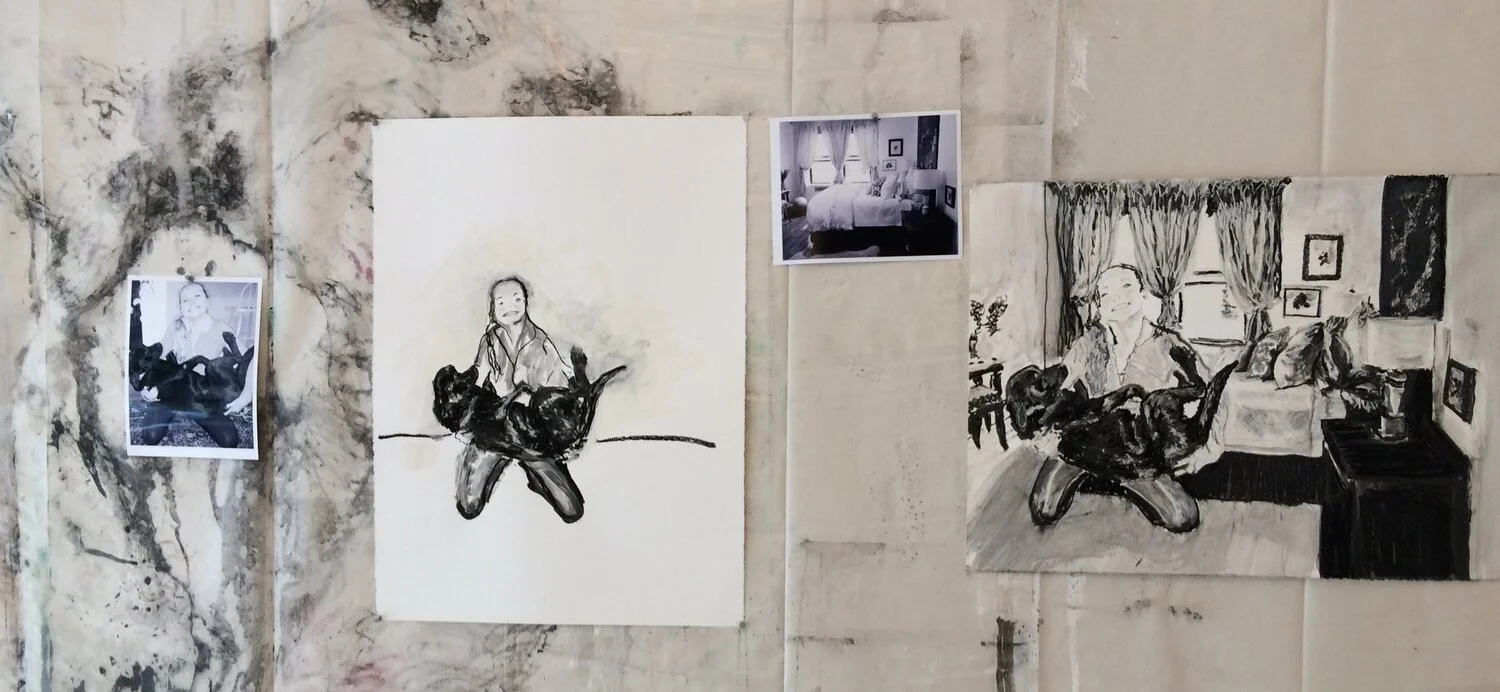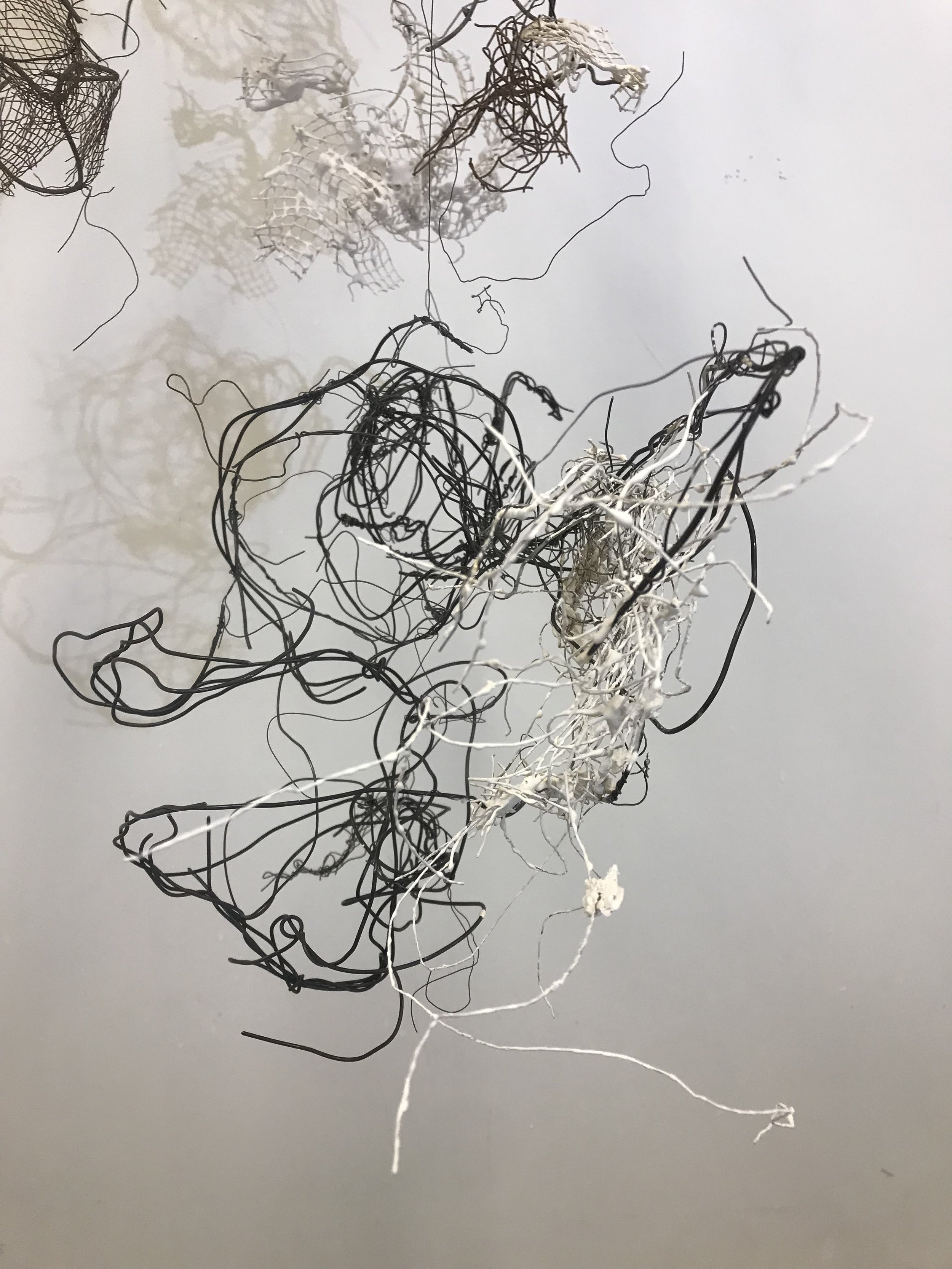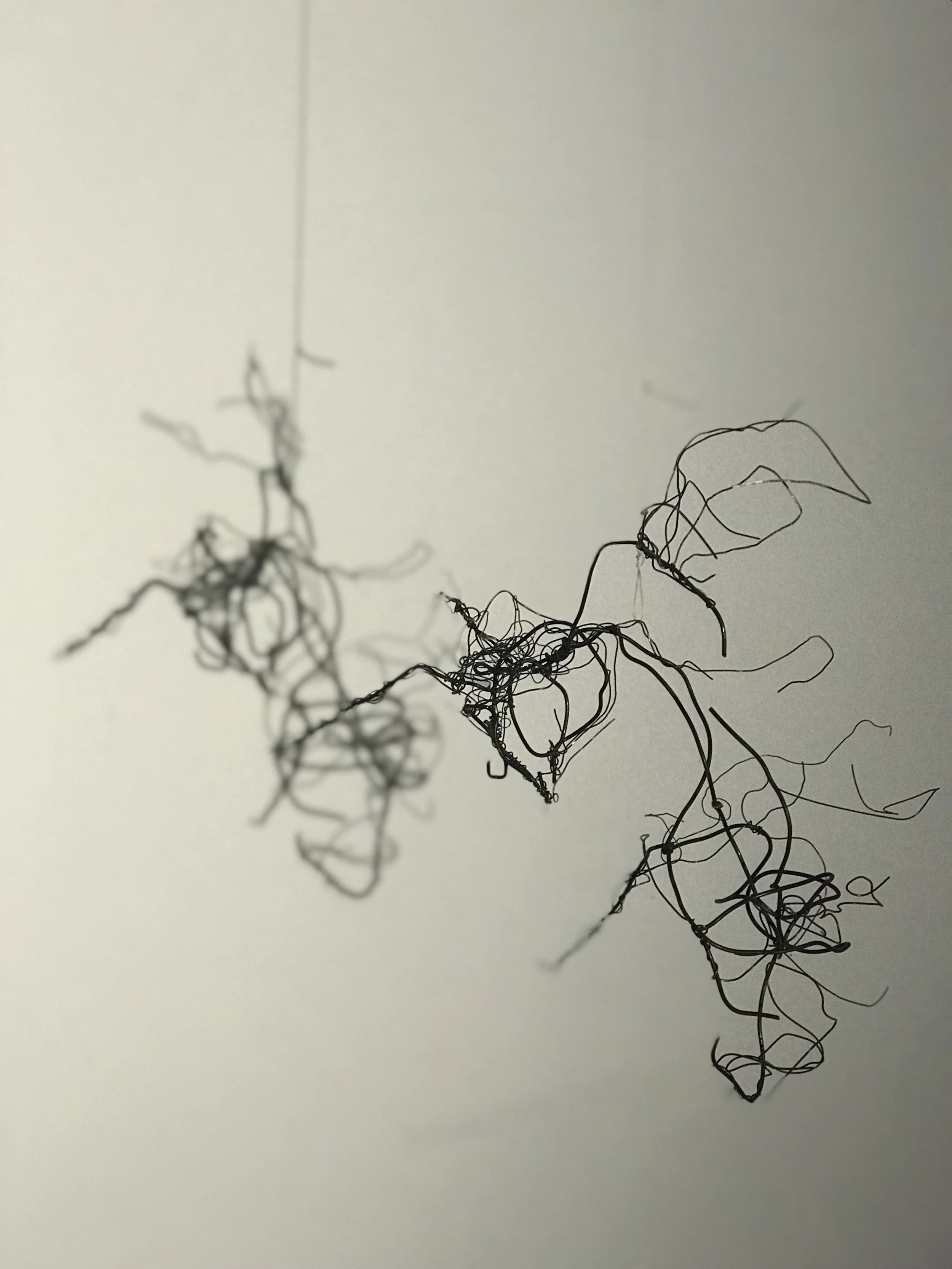“Why conserve
rusty patched bumble bees?
As pollinators, rusty patched bumble bees contribute to our food security and the healthy functioning of our ecosystems. Bumble bees are keystone species in most ecosystems, necessary not only for native wildflower reproduction, but also for creating seeds and fruits that feed wildlife as diverse as songbirds and grizzly bears.
Bumble bees are among the most important pollinators of crops such as blueberries, cranberries, and clover and almost the only insect pollinators of tomatoes. Bumble bees are more effective pollinators than honey bees for some crops because of their ability to “buzz pollinate.” The economic value of pollination services provided by native insects (mostly bees) is estimated at $3 billion per year in the United States.”
https://www.fws.gov/midwest/endangered/insects/rpbb/factsheetrpbb.html
Below is a still image of a 4D/mobile piece I started last week.















































